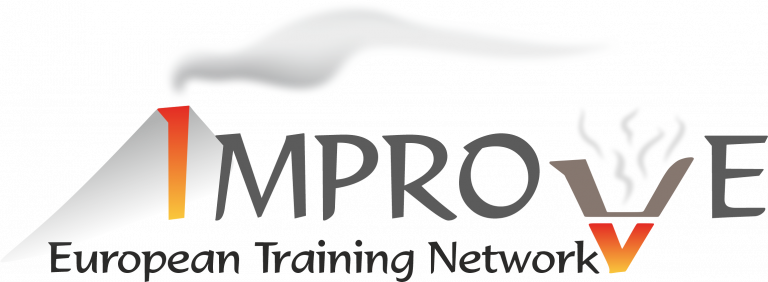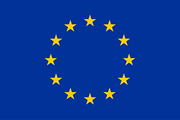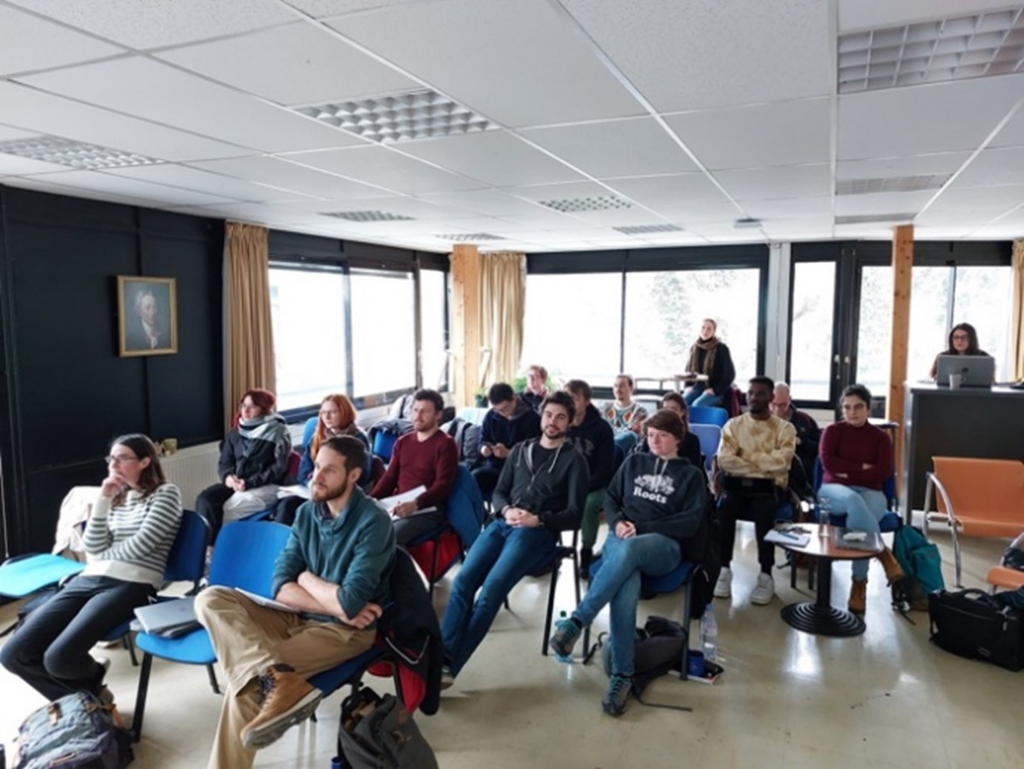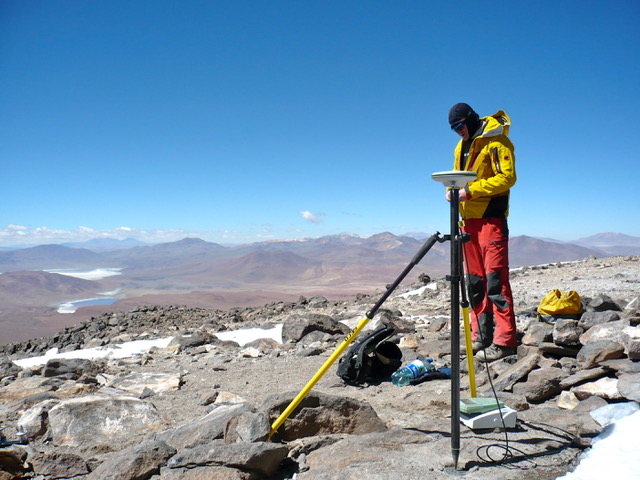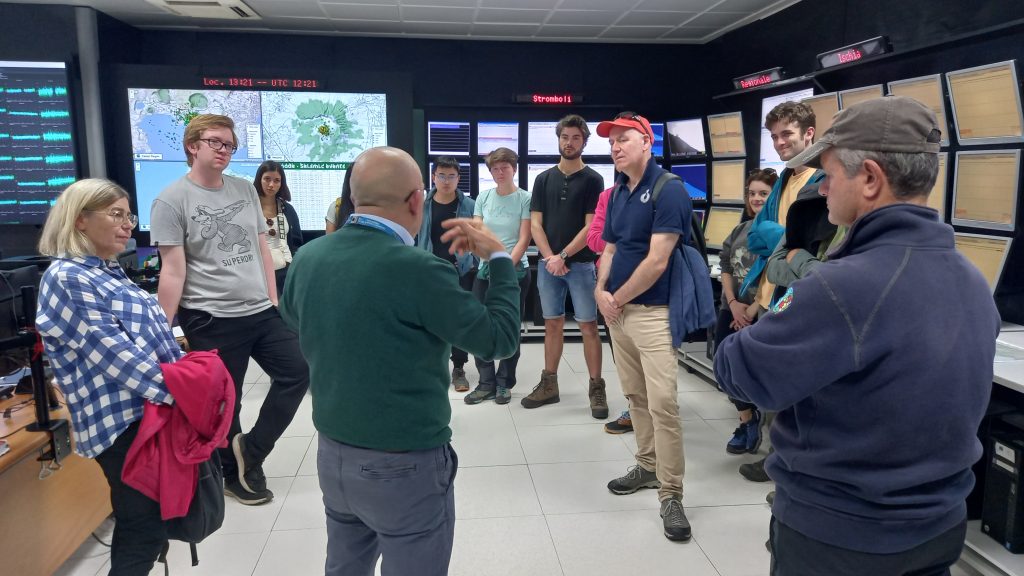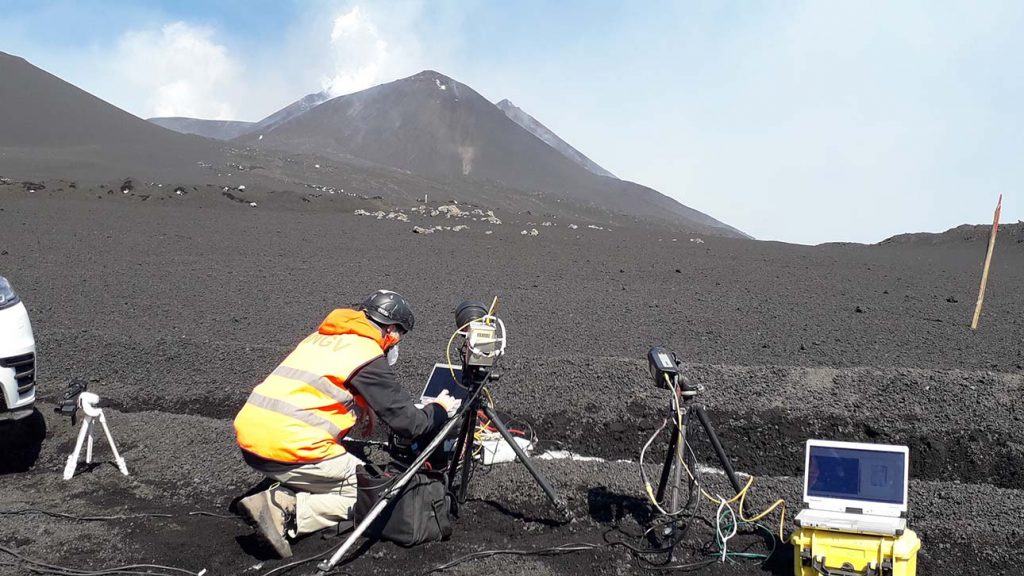
Nicolosi (Mount Etna), Italy – July 24 – 28, 2023
IMPROVE is a H2020 Marie Sklodowska-Curie Innovative Training Network for the next generation of European volcanologists. Early Stage Researchers in IMPROVE are trained while developing research on quantitative volcanology, from innovative monitoring and prospecting to advanced lab experiments, High Performance Computing, Machine Learning and Artificial Intelligence. IMPROVE organizes schools, short courses, and other training and scientific meetings open to participants from outside the network.
SCHOOL OBJECTIVES and KEY TRAINING ELEMENTS
The Etna school aims at introducing the students to the analysis of data from multiparametric volcano monitoring networks. The school is focussed on exercises and practice: frontal lessons are kept to a minimum, and they are addressed at providing the fundamental understanding necessary for a conscious use of processing tools and computational instruments which will constitute the core of the activities. The case studies will make large (but not exclusive) reference to Mount Etna, one of the most active, best monitored, most famous and most intensively investigated volcanoes in the world. The technical and scientific contents above are complemented by lessons on European standards for data management and policies, and on planning, engineering and testing new instruments for volcano monitoring.
All students are asked to bring a poster on their research activity, and present it in dedicated sessions.
SCHEDULE
| July 23 | Arrivals (late afternoon) & ice-breaker |
| July 24 | Volcano deformation: theory and exercises Late afternoon students’ posters & wine session. |
| July 25 | Volcano degassing: theory and exercises Late afternoon students’ posters & wine session. After-dinner presentation of the field excursion. |
| July 26 | Field excursion on Mount Etna. |
| July 27 | Volcano seismicity: theory and exercises Afternoon training module on the EPOS data portal. Late afternoon students’ posters & wine session. |
| July 28 | Final exercise: simulation of a volcanic crisis. |
| July 29 | Departures in the morning |
MOUNT ETNA
Mount Etna (3357 m a.s.l.) is one of the most famous and active volcanoes in the world, and one of the most beautiful to visit and most rewarding to investigate. The eruption activity during last few decades is dominated by the formation of large lava fountains merging into sub-Plinian events with volcanic plumes reaching as high as 15 km above the crater. Quite often that summit activity is accompanied by the generation of lava flows, most of which invade the “Valle del Bove”, a huge depression on the Eastern flank of the volcano representing a major volcano-tectonic feature. Less frequent flank eruptions produce lava flows which menace, and sometimes partially destroy, villages as well as touristic installations.
The volcano monitoring system on Mount Etna is arguably the most developed in the world, with a number of permanent installations approaching 200 and including broad-band seismometers, tiltmeters, dilatometers, gravimeters, GNSS, FTIR and multi-gas sensors, acoustic sensors, visible and infra-red cameras, integrated by satellite imagery (optical and radar) and field observations. The 24/7 volcanic control room at the INGV Etna Observatory in Catania continuously receives Tb of data which are processed in real-time, and is constantly in contact with the regional and national operational rooms of the Italian Civil Protection system.
Comitato organizzativo: Eugenio Privitera, Giuseppe Puglisi, Paolo Papale, Raffaela Pignolo.
Supporto tecnico: Massimiliano Cascone, Patrizia Pantani, Salvatore Consoli, Fabrizio Pistagna.
SCHOOL COSTS
Each student will pay a contribution to the true costs, amounting to a total of 430 euros to be payed on-site, inclusive of accommodation in double or triple room, breakfast, lunch, coffee breaks, social dinner, school materials, transfer from-to Catania airport at scheduled times, and additional transfers during the school days. The cable car to access the summit area of Mount Etna during the day of field trip costs additional 45 euros, to be payed on-site to the service-providing company.
VENUE
INGV building, Via Monti Rossi 1
NICOLOSI (CT)/
